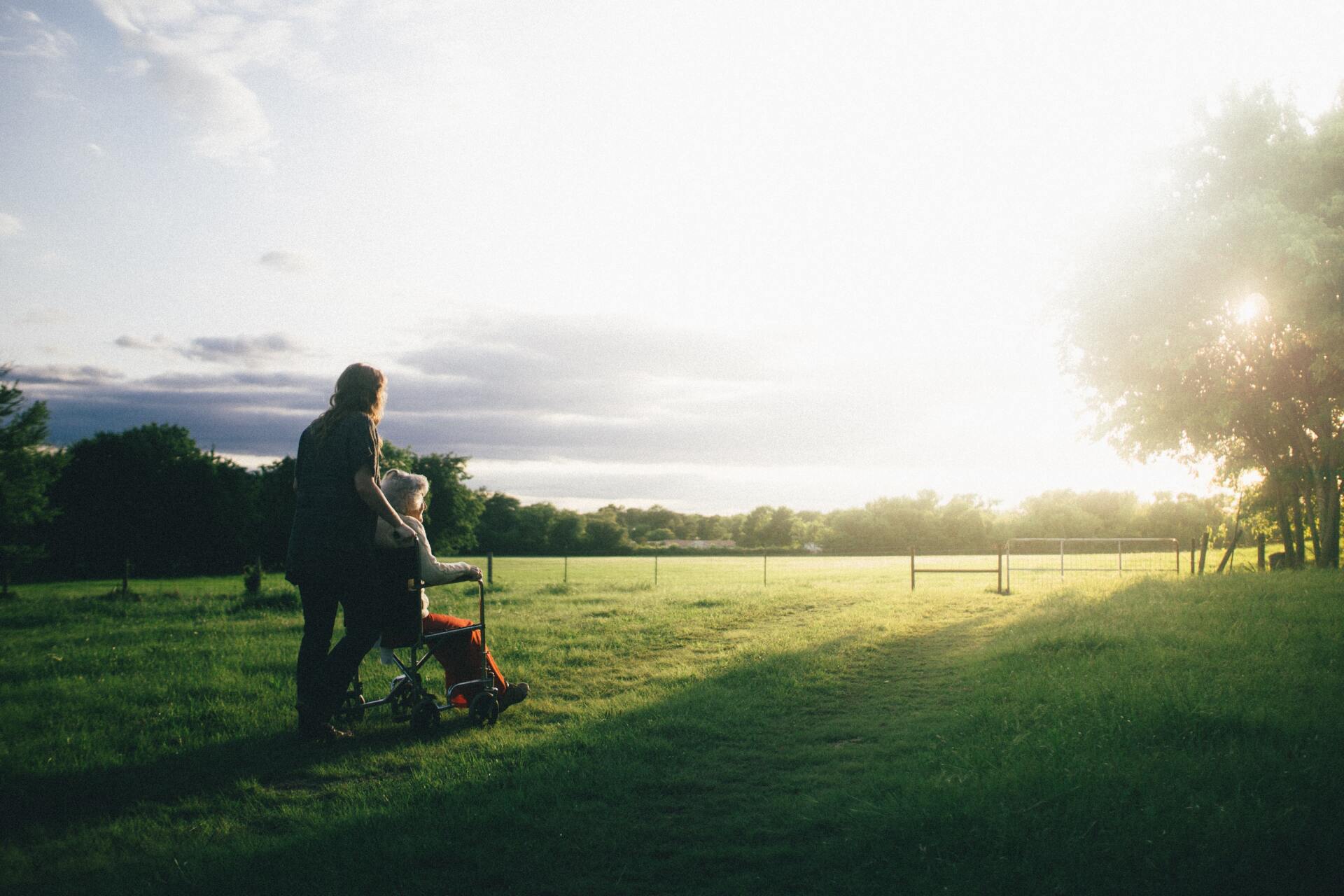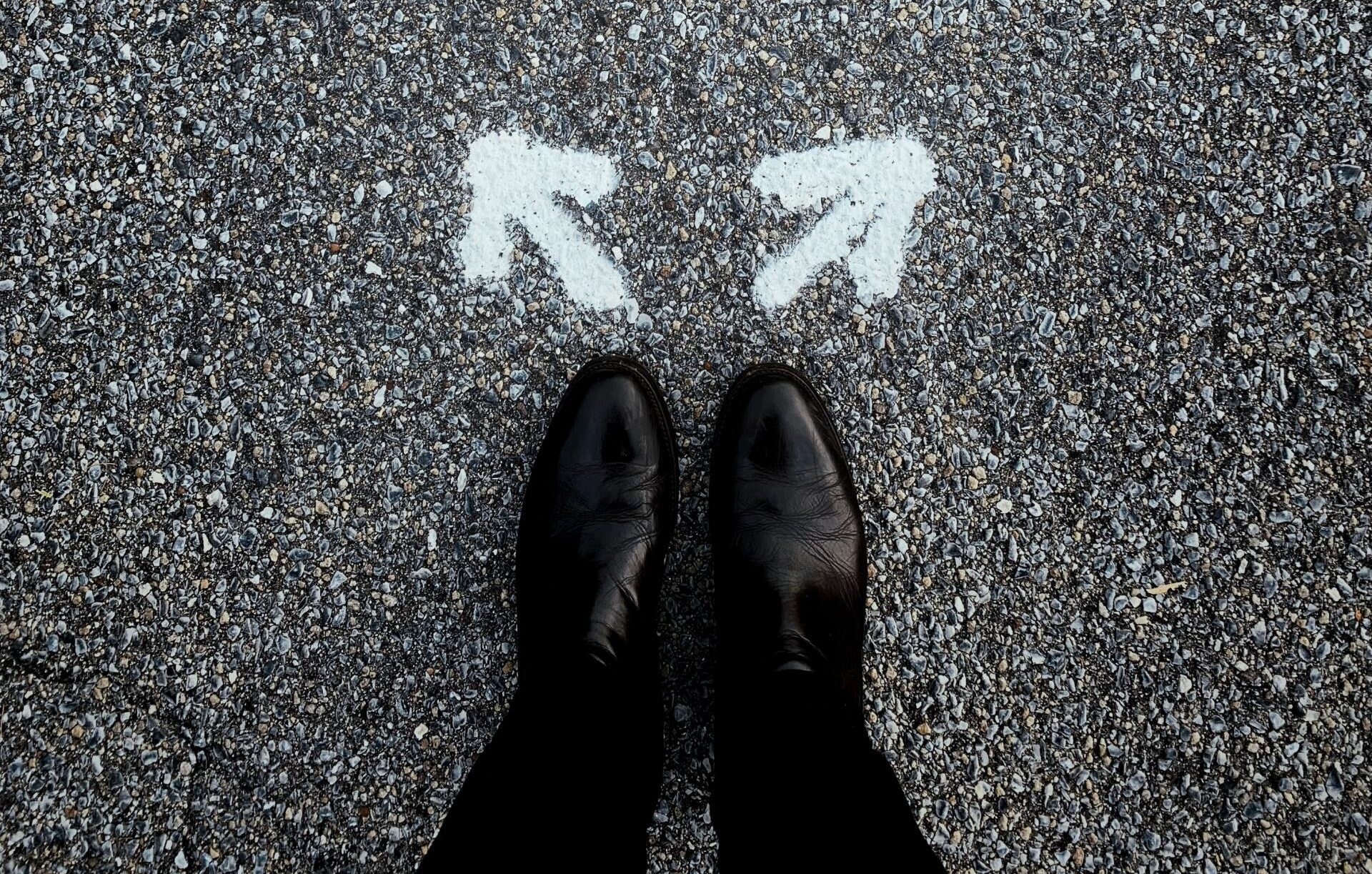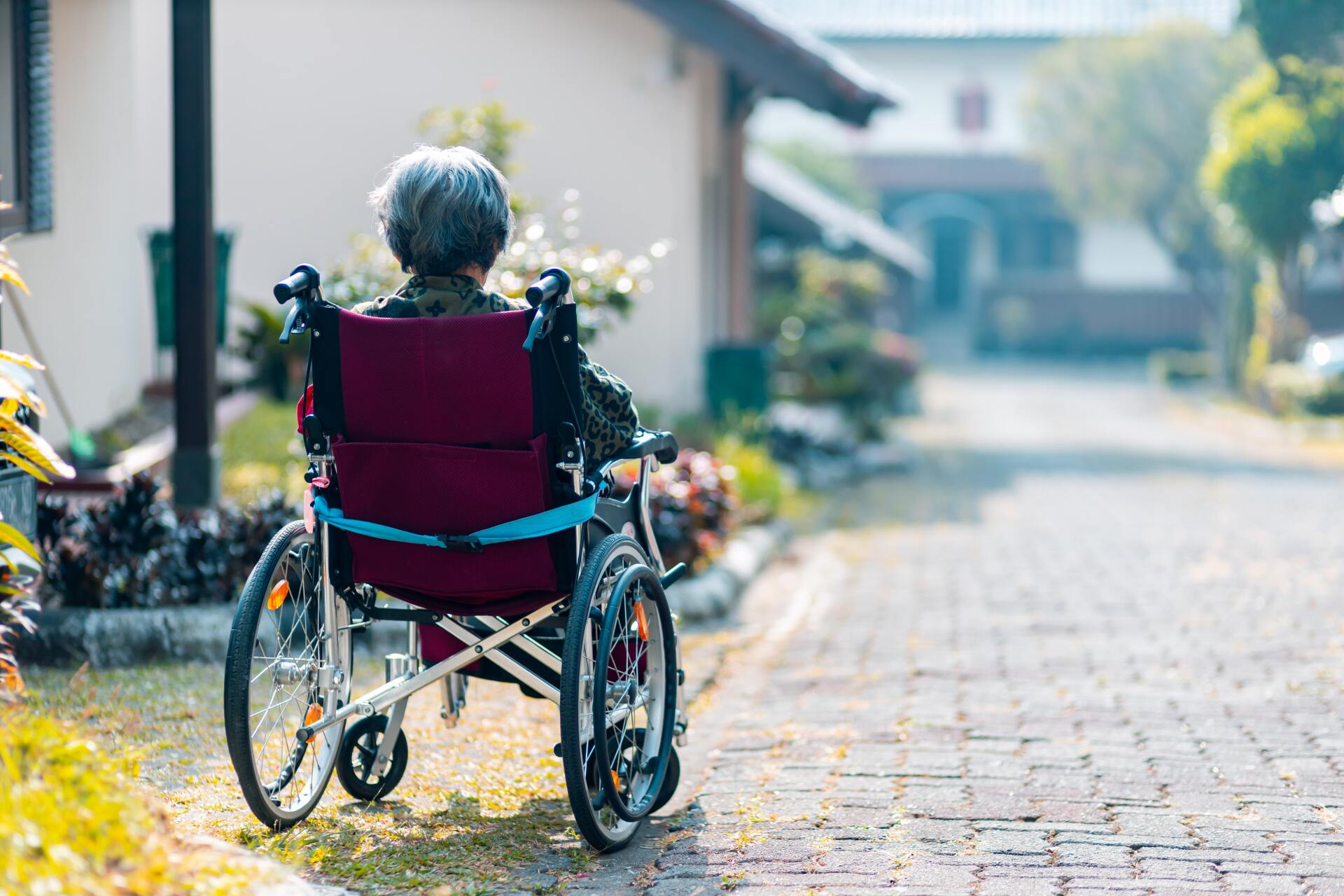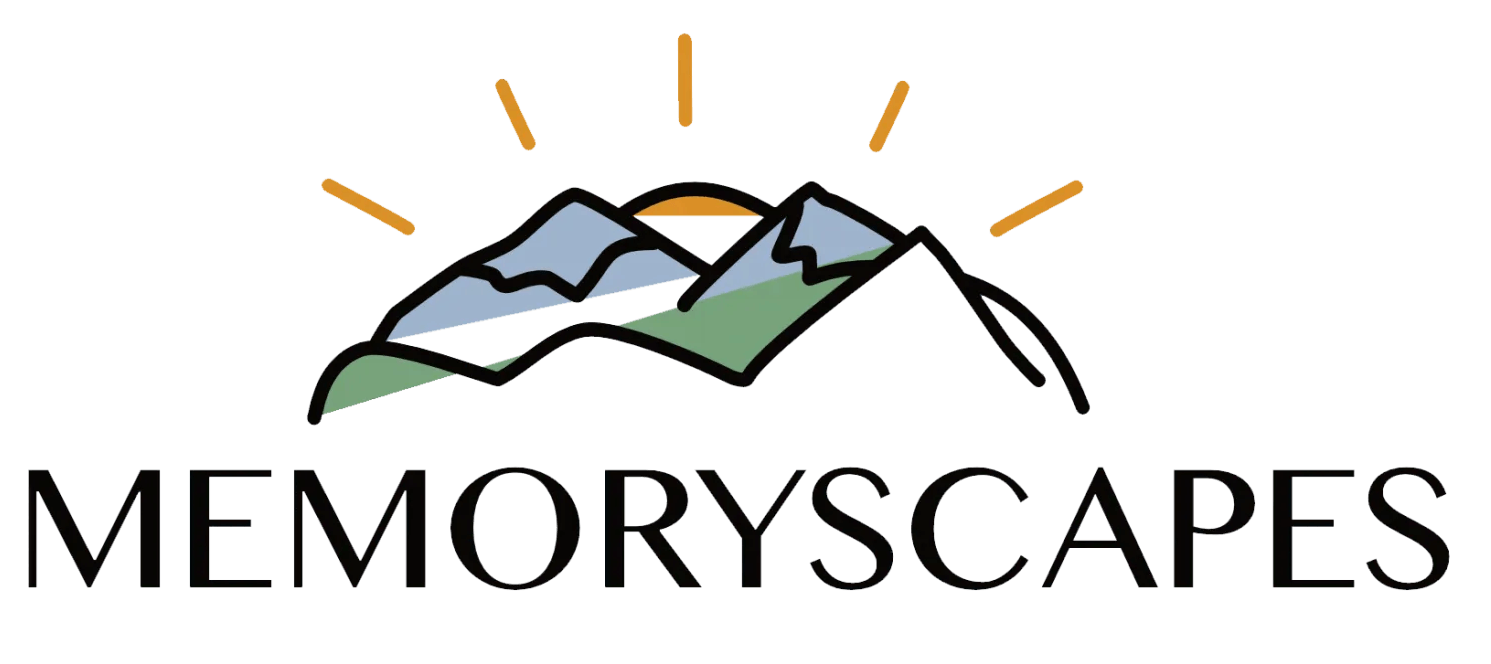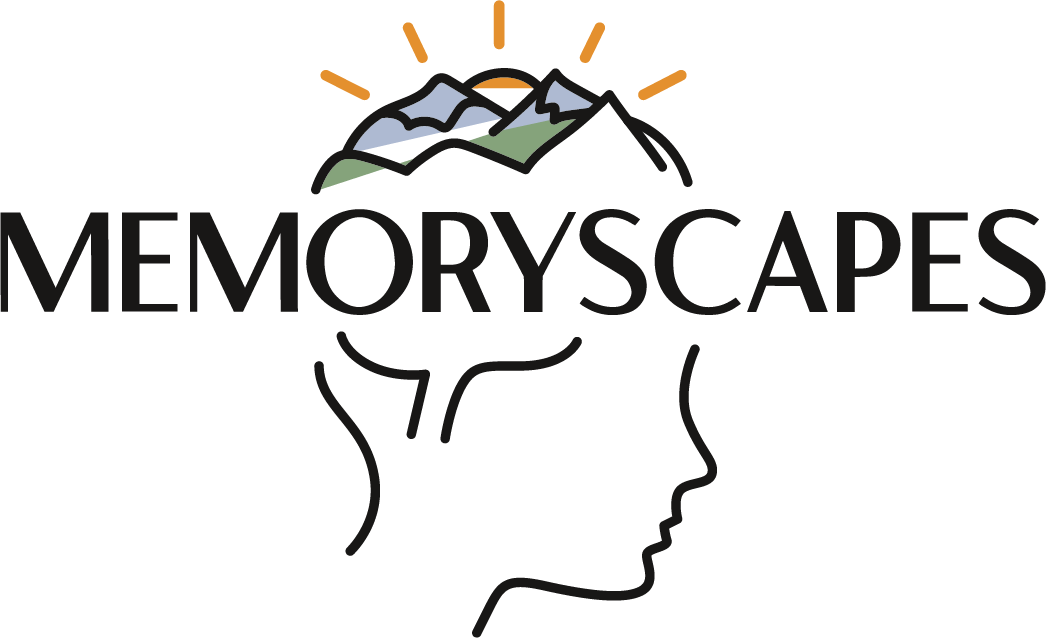BLOG
Ableism Needs the Cure
I was on a call yesterday where one of the participants was discussing the mental exercise it takes to see dementia as a disability versus a disease. My interest peeked as I have this fire inside of me to address stigmas and mindsets within the medical community. Dementia is such a robber; a thief of so many things. But I am determined to set our eyes on what still remains- not from a place of loss or lack.
Anyways, I decided so dig into this thought about disability versus disease. I found a fabulous research article written in 2015, Rethinking Disability: The Social Model of Disability and Chronic Disease by Sara Goering. In the article she quotes an activist stating “ ‘ableism needs the cure, not our bodies’ “ (p.135). Wow! ABLEISM NEEDS THE CURE! My heart and mind resounded “yes, YES!” But my mind wanted to ask questions too. “Does our entire medical model foster ableism?” “Does our litigious environments, require we listen to voices of risk and liability over exploration and freedom?” I do believe promoting safety and freedom can co-exist. Actually, freedom and boundaries must co-habituate when we individualize care for persons with dementia. But we can design plans that optimize their abilities and choices. This is key in uprooting mindsets that limit people with dementia and disrupt ableism.
But before I find a message that resonates with me, I always check myself to make sure the same bias does not reside in me. And if it does, what am I doing to uproot or combat it? I remember a specific example of ableism in my own life. My grandfather had a genetic eye disorder that progressed to complete blindness well-before he retired. He was a chemist and brilliant man. Later in life, he lived in my parents’ home in his own apartment. I never heard him complain about his loss in sight. He was an overcomer. One day, I came downstairs to his apartment to find him on the floor reaching under the sofa. With my rehab background and training, I instantly raced down the stairs to come to his aid. However, really soon after my rescue “attempt” I realized I offended him. He was searching for an item he had dropped and was feeling his way to finding it. He was quite determined and without my “intervention” he would have. I interrupted his tracking with his hand and he needed to begin the search again. And it exposed my ableism. He was more than capable, and my attempt to rescue undermined his ability to succeed. What areas do we come in and rescue? Do we realize it’s ableism? The first step is acknowledging the thoughts that do exist then change the way we think. It takes practice. It takes intention. But the more we address bias, the more we can move towards greater empathy and creativity.
I have designed some new visual aids that both encourage wayfinding but also I have visual aids for nursing/facility staff (which promote safety).
To promote self-care independence, check out my new miscellaneous stickers HERE and my new Toilet seat/grab bar wraps HERE. For facility use, check out my Falling Star Stickers HERE and Stop Sign signage HERE.
Research Article : https://www.ncbi.nlm.nih.gov/pmc/articles/PMC4596173/
